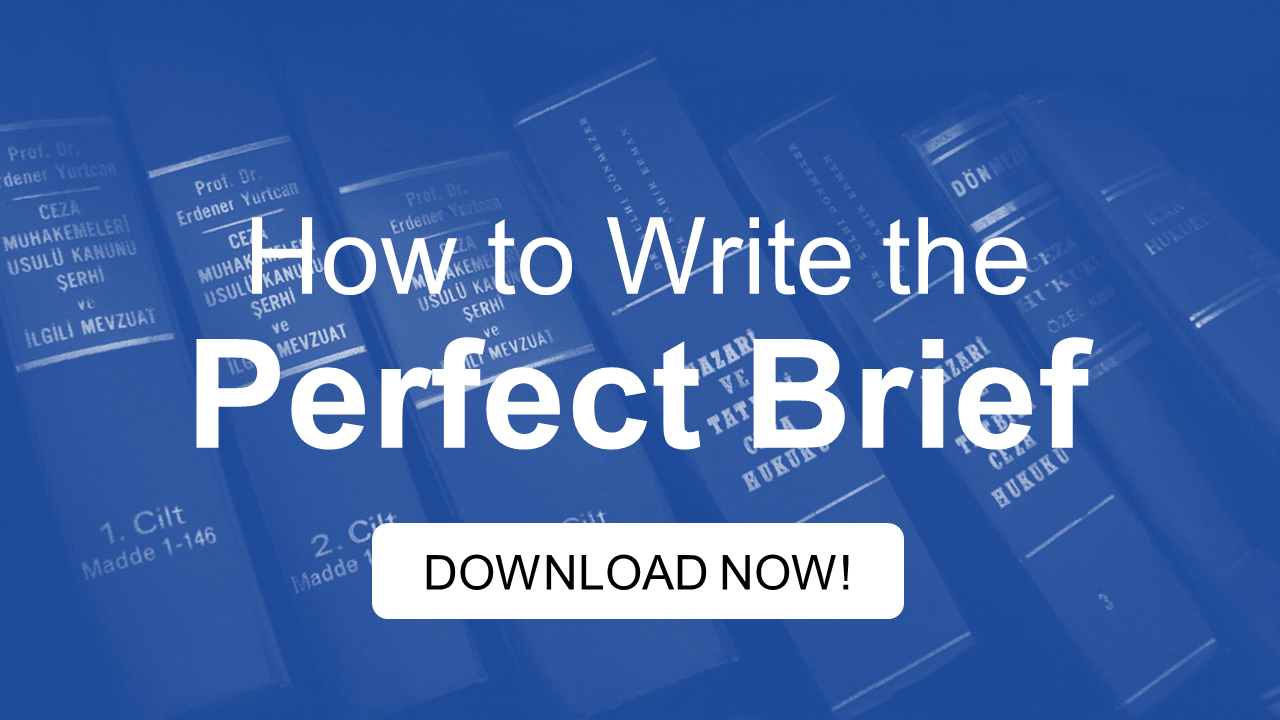As paralegals, time is money. Our days are filled with multitasking and responding to attorney and client demands. We appreciate the latest and greatest software that helps us perform with speed and accuracy. It’s necessary to pick software that fits our writing needs and expedites the process of producing legal documents. But we must also know how to use our software to its full potential so we can get the most benefit from it, in turn benefiting our clients.
Paralegals are key to a legal practice delivering high-value service for clients. Legal work is manifested in the form of documents, and document creation is an important part of paralegal work. Paralegals often write the first drafts and refine the final drafts of documents for the firm. As the first and last to work on a document, we have an important responsibility to set the tone and ensure quality control. The documents we draft must be well-written and consistently high quality to reflect well on ourselves and the integrity and skill of the firm. Our writing and document creation workflows matter. To maximize the valuable time spent working on documents, paralegals can empower themselves with strategic use of writing technology. Working smarter will help us work faster, get the document form correct, and devote more of our focus to document content, rather than correcting formatting errors.
Creating a great legal document is a complex, time-consuming process, with many steps and details to consider. Luckily, there are also many opportunities to make these steps easier and more efficient. Here are a few common pain points and technology resources that can help.
Automating Page Numbers and Table of Contents
How unfortunate to spend more time wrestling with page numbers than writing legal content. If you are preparing a long and complicated document, Microsoft Word can automatically number your pages and generate a Table of Contents. This video shows the best way to build your Table of Contents. No more tapping all those periods between each title and page number! Just think of the time saved.
Editing for Clarity and Brevity
WordRake editing software “rakes” through your document, identifying meaningless words and suggesting edits for clarity and brevity. One either accepts or declines the suggested changes. The system works similarly to track changes. Paralegals needing help with their writing skills can count on WordRake to point out unnecessary words, redundant phrases, and legalese that can be removed. WordRake works on both PC and Mac computers to help paralegals simplify and clarify their writing to communicate persuasively. You can test how WordRake edits your documents with a 7-day free trial.
WordRake has been formulated to distinguish where edits can or cannot be made, and it's easy for writers to review edit suggestions with the Accept and Reject buttons. The software respects legally operative phrases and terms of art. It ignores all text between pairs of quotation marks, so the sophisticated paralegal writer is assured that long quotes are skipped in the review process. If you want to compare your text with or without a suggested edit, you can accept an edit, and then use MS Word’s undo and redo buttons to flip back and forth. Note that you can click Reject All to remove remaining edit suggestions from an entire Raked document, if necessary.
Fine-tuning Formatting
Sometimes we find ourselves frustrated with the layout of a document, especially an advanced outline or contract agreement, for example. We cannot determine why the paragraph structure is awkward or why a bullet list is not lined up accordingly. MS Word’s Reveal Formatting feature can help you quickly determine what needs to be corrected by identifying hidden formatting. This video is a goldmine of information on how to master line and paragraph spacing in MS Word.
Using Speed Keys
Paralegals can also take advantage of efficient keyboard shortcuts in MS Word to move through their legal documents quickly. For example, Ctrl + Home will immediately take you to the beginning of a document. Similarly, Ctrl + End will immediately get you to the End of your document. In addition, you can hack Autocorrect to easily insert legal symbols. This video tutorial teaches these and other nuggets of knowledge to help you use MS Word faster.
Conclusion
Paralegals are expected to write at a highly professional level within strict deadlines. Our clients depend upon us. Our credibility is on the line when a judge is reading our documents. We need to be smart about using technology to help us deliver our best work efficiently.
To ensure speed and consistency in your document creation, become an expert in using Microsoft Word. There may be built-in solutions to your document-creation woes that you didn’t know were at your fingertips! The video tutorials mentioned above are a great place to start honing your MS Word skills. You can also browse the whole library of 21 videos by WordRake and Affinity Consulting to help you become an MS Word power user.
After a document is written, paralegals are often pressed to skip editing to meet a deadline. Even when we don’t have much time to edit, we cannot rely on spelling and grammar checkers alone. WordRake provides the missing piece: it will almost instantly review your document. No more jargon, needless words, or dull, redundant writing. Your office cannot afford to write without it! You will be writing with clarity, conciseness, and confidence.
To hear more about learning to use technology for better writing, don’t miss the presentation by Ivy B. Grey, WordRake’s Chief Strategy and Growth Officer, at the AAfPE 2023 Fall Conference in Seattle this October. She’ll present on “Connecting Technology Training and Substantive Legal Writing Skills.” I’m sure it will offer great food for thought for paralegals interested in furthering their careers, improving their writing process, and adopting better use of technology at their firms.
About Jackie Van Dyke
Jackie Van Dyke, MPS, CP®, is a paralegal turned lecturer, graduate professor, course content creator, and published writer. She is the founder of the Paralegal Writer™, a professional development program that offers online writing courses and workshops for paralegals and paralegal students. For more from Jackie, find her on LinkedIn, Twitter, or Instagram and visit TheParalegalWriter.com.
Series on Paralegal Writing
This article is the third in a series of three articles on paralegal writing by paralegal educator Jackie Van Dyke, MPS, CP®. We hope this series sheds light on strategies for paralegals to achieve excellent legal writing. Technology can make your writing better and faster, so you can serve clients well. WordRake software edits for brevity and simplicity in one click, enhancing your ability to write effective, persuasive communication that meets plain language requirements. Try WordRake free for 7 days.








